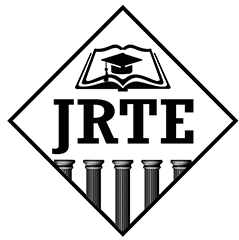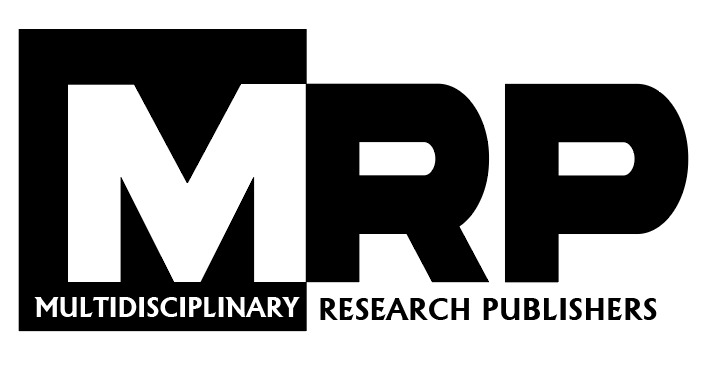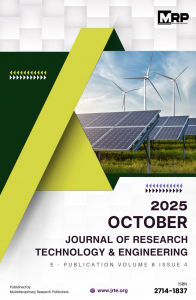Downloads
Advances in Nanomaterials – Self Cleaning and Antibacterial Applications
Nanomaterials have gained growing importance in modern science and technology due to their exceptional self-cleaning and antibacterial properties. This review explores recent advancements in nanotechnology, emphasizing the mechanisms behind these functionalities and their wide-ranging applications in medicine, construction, textiles, and environmental protection. Self-cleaning properties are mainly achieved through superhydrophobicity and photocatalysis, while antibacterial effects arise …
Advances in Nanomaterials – Self Cleaning and Antibacterial ApplicationsRead More
A Conceptual Framework for Nanotechnology-Driven Smart Textiles in Wearable Applications and Environmental Monitoring
Smart textiles based on nano-enhanced materials are emerging as key innovations in the technological revolution, merging nanomaterials with traditional fabrics to create multifunctional materials for wearable health monitoring, adaptive clothing, and environmental sensing. Despite rapid advancements, the field lacks a systematic and unified approach to guide the development of these advanced materials. This paper introduces …
Machine Learning-Driven Predictive Maintenance – Identifying Critical Component Failures in Tyre Manufacturing Machinery
Unexpected equipment breakdowns continue to cause major disruptions and financial losses across manufacturing industries. In tyre production facilities, unplanned failures of critical machinery components lead to significant downtime and reduced productivity. Traditional maintenance approaches—reactive, preventive, or condition-based—often fail to balance reliability and cost efficiency. Predictive maintenance (PdM), enhanced by machine learning (ML), provides a robust …
Nanostructured Materials – Innovations, Challenges, and Future Prospects in Engineering
Nanostructured materials, with structural dimensions of 1–100 nm, exhibit extraordinary properties arising from quantum confinement and high surface-to-volume ratios. This review surveys their fundamental principles, fabrication routes (top-down and bottom-up), property enhancements, cross-disciplinary applications, and prevailing challenges across engineering domains. Metallic nanoparticles, carbon-based nanomaterials, and inorganic/semiconductor nanoparticles are classified by composition and dimensionality, highlighting distinctive …
Nanostructured Materials – Innovations, Challenges, and Future Prospects in EngineeringRead More
Comprehensive Insights into Nanomaterials – Synthesis, Applications, and Regulatory Aspects
A significant amount of research on nanomaterials has been conducted in the field of engineering over recent years. Owing to rapid advancements in industries such as electronics, energy, medicine, food, and agriculture, nanotechnology is emerging as a transformative field. This paper reviews disruptive innovations in nanomaterials, including fabrication techniques such as Atomic Layer Deposition (ALD) …
Comprehensive Insights into Nanomaterials – Synthesis, Applications, and Regulatory AspectsRead More
ISSN
2714-1837
| M | T | W | T | F | S | S |
|---|---|---|---|---|---|---|
| 1 | 2 | 3 | 4 | 5 | ||
| 6 | 7 | 8 | 9 | 10 | 11 | 12 |
| 13 | 14 | 15 | 16 | 17 | 18 | 19 |
| 20 | 21 | 22 | 23 | 24 | 25 | 26 |
| 27 | 28 | 29 | 30 | 31 | ||
Our Visitors






 Users Today : 129
Users Today : 129 Total Users : 42746
Total Users : 42746 Views Today : 139
Views Today : 139 Total views : 105205
Total views : 105205 Who's Online : 0
Who's Online : 0 Your IP Address : 216.73.216.46
Your IP Address : 216.73.216.46

